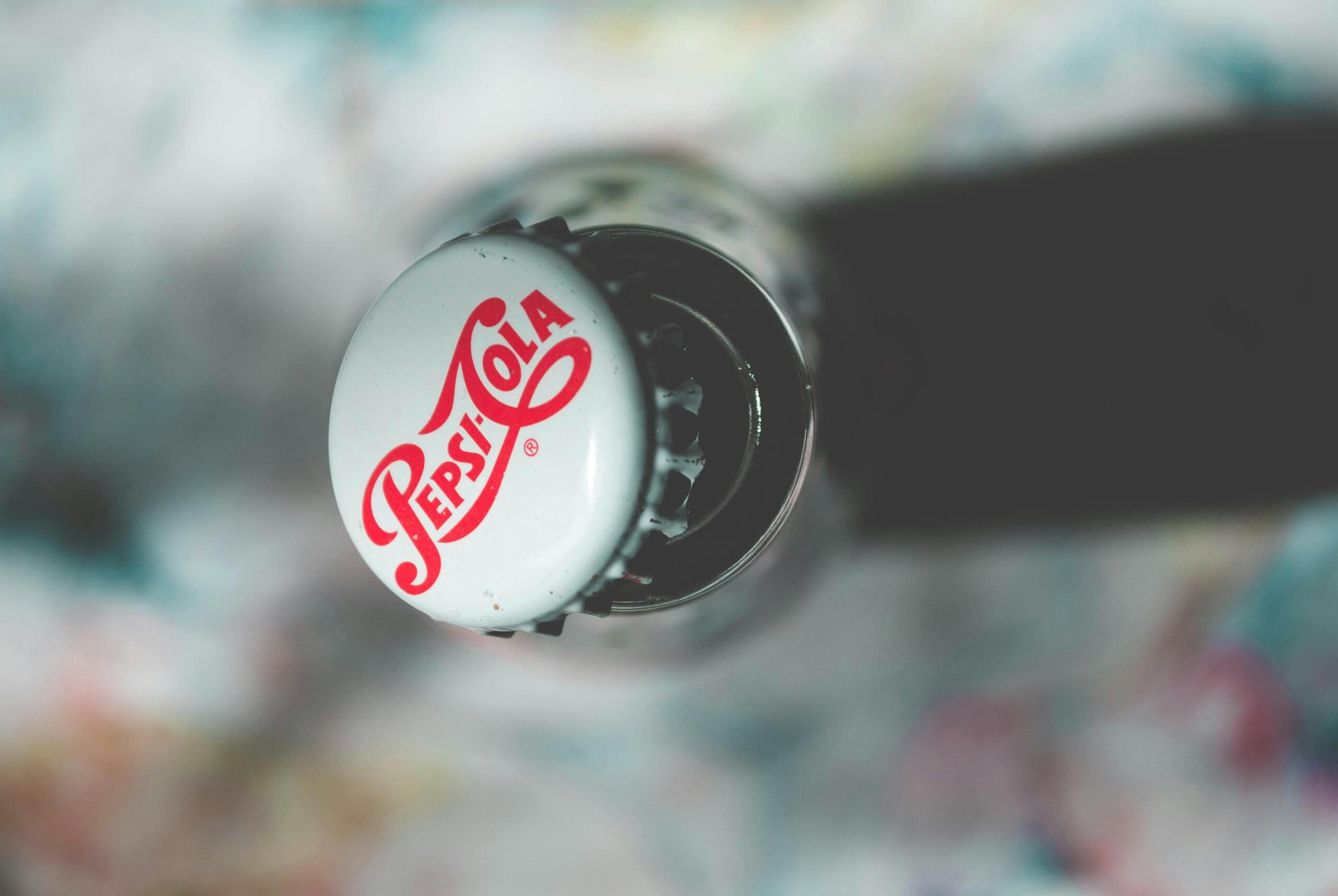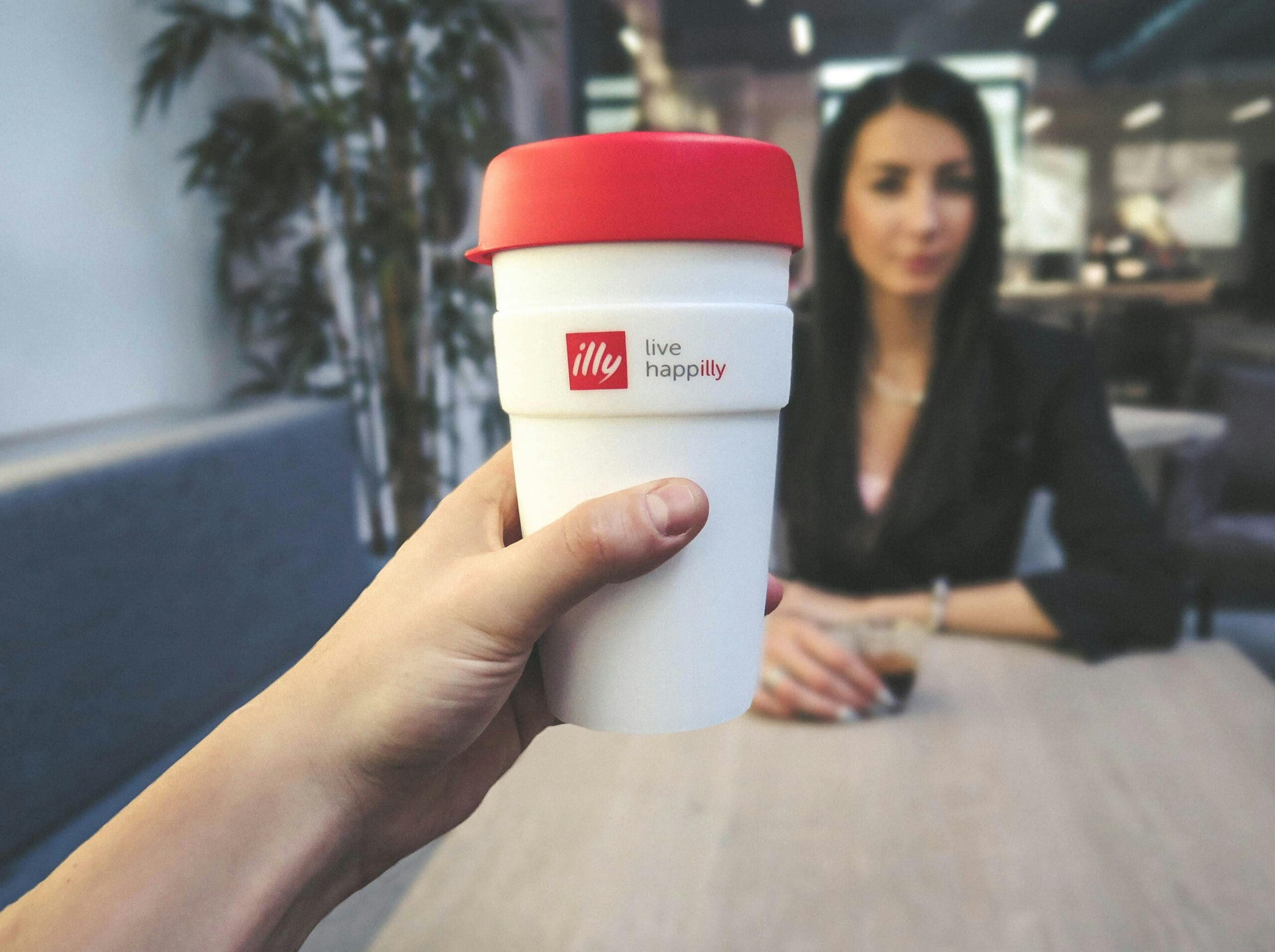A study done by WestRock in 2023 found that over 55% of consumers switched brands because they changed their packaging. If you work in retail, you could use this to your advantage, as new variants and packaging not only give consumers more choice and novelty, but they also provide a powerful way to advertise your products. With the global packaging market set to reach $120 billion by 2028, now could be the time for brands to look into releasing new variants of existing products, with new and updated packaging.
Variants have the Ability to Gain the Edge in Brand Loyalty
Consumers often stay loyal to a brand when they like a core product. With that said, when other brands release new variants that promise either a new experience, flavour, or feature, it becomes possible to encourage someone who was once loyal to another brand to shop with you. Someone loyal to Pepsi may be drawn to try a new flavour of Coke, because it offers a new, unique flavor or because it might even have seasonal appeal.
With that said, as a brand, one of the main things you have to do is avoid drastic changes that detract from your original products. Variants, and their packaging, should be a natural extension of your product, not an opportunity to reinvent yourself.

Brands that Launched Successful Variants
Many brands have launched very successful variants in the past. Some of them are limited edition, and others have been absorbed into the company’s core offerings. Using the example above, Coca-Cola releases Christmas-themed bottles and cans that coincide with the festive season, even though the original formula remains unchanged. They have also introduced flavours such as Coke Lime and Coke Lemon, with sugar and no-sugar, showing how it’s possible to change the packaging or the product to create new variants. Lush also offers seasonal gift sets, including their Fairy Christmas collection, one of their best sellers. It still uses sustainable packaging, but puts a focus on new and seasonal scents and designs that don’t detract from their core offerings.

You will notice how powerful variants can be by looking at the digital world as well. Spotify uses content variation as a way to engage new people, whether it is in the form of exclusive podcasts, curated playlists, or the option to browse merch while using the desktop app. These are all done under the Spotify brand, but allow the service to branch out with new features that draw new people in, while keeping their existing audience loyal. UK bingo games are another prime example here. Many sites keep the classic game of bingo by offering 30-ball and 90-ball bingo, but at the same time, offer themed rooms that help to build on the experience. Variants are often exclusive as well, showing how possible it is to utilise variations as a way to take up a bigger market share, again, without detracting or changing the core offerings of the site.
When you break it down, it’s not hard to see that UK consumers do tend to swap brands when there’s a new variant or change in packaging. For retailers, this presents a valuable opportunity, whether you operate digitally or in a traditional retail store.



